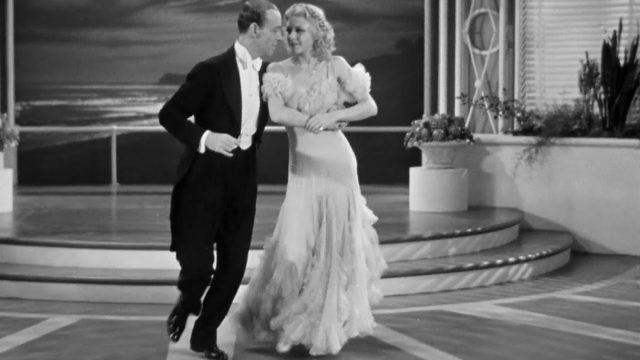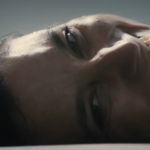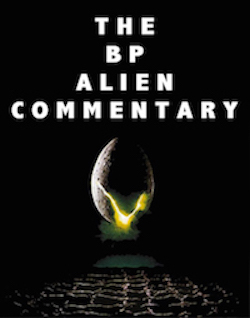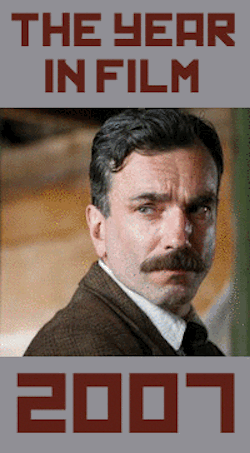Monday Movie: The Gay Divorcee, by David Bax

As evidenced by the name change from the stage play’s The Gay Divorce to The Gay Divorcee–reportedly because it was too immoral to treat divorce itself as happy–Mark Sandrich’s 1934 musical comedy is clearly not a true pre-Code Hollywood offering. It was released late in the year, after the unforgiving Joseph Breen took over the Production Code’s enforcement and gave it teeth. Still, the vestiges of its more risque source material are not hard to spot. Sure, the true adulterers get punished and the plucky young lovers appear to wait for their own marriage to consummate. But a generally carefree, liberating casualness toward commitment and carnality pervades.
Ginger Rogers and Fred Astaire may well be Hollywood’s most famous romantic onscreen pairing, with ten movies together. But The Gay Divorcee is just their second pairing (and, for trivia buffs, would go on to win the first ever Best Original Song Oscar against, among other contenders, their first film, Flying Down to Rio). Rogers stars as Mimi, a woman desperate for a divorce from her absentee husband (William Austin). A buffoonish lawyer (Edward Everett Horton) comes up with a plan. Mimi will visit a fancy English resort and, while there, will pretend to have an affair with a man the lawyer has picked out. Some standard but vivaciously executed farcical complications later, Mimi has mistaken Guy (Astaire) for her cohort in the ruse and soon, they begin to feel more than fake love (lust, really, but don’t tell Breen) for each other.
It’s a delightfully fun, comic yarn but that’s not really what you come to see Rogers and Astaire for, is it? No, you come to see them spring and float around the dance floor. The Gay Divorcee does not disappoint, reaching its crescendo with a sequence late in the film lasting more than fifteen minutes that’s powerful enough to inspire eight more movies on its own.




























